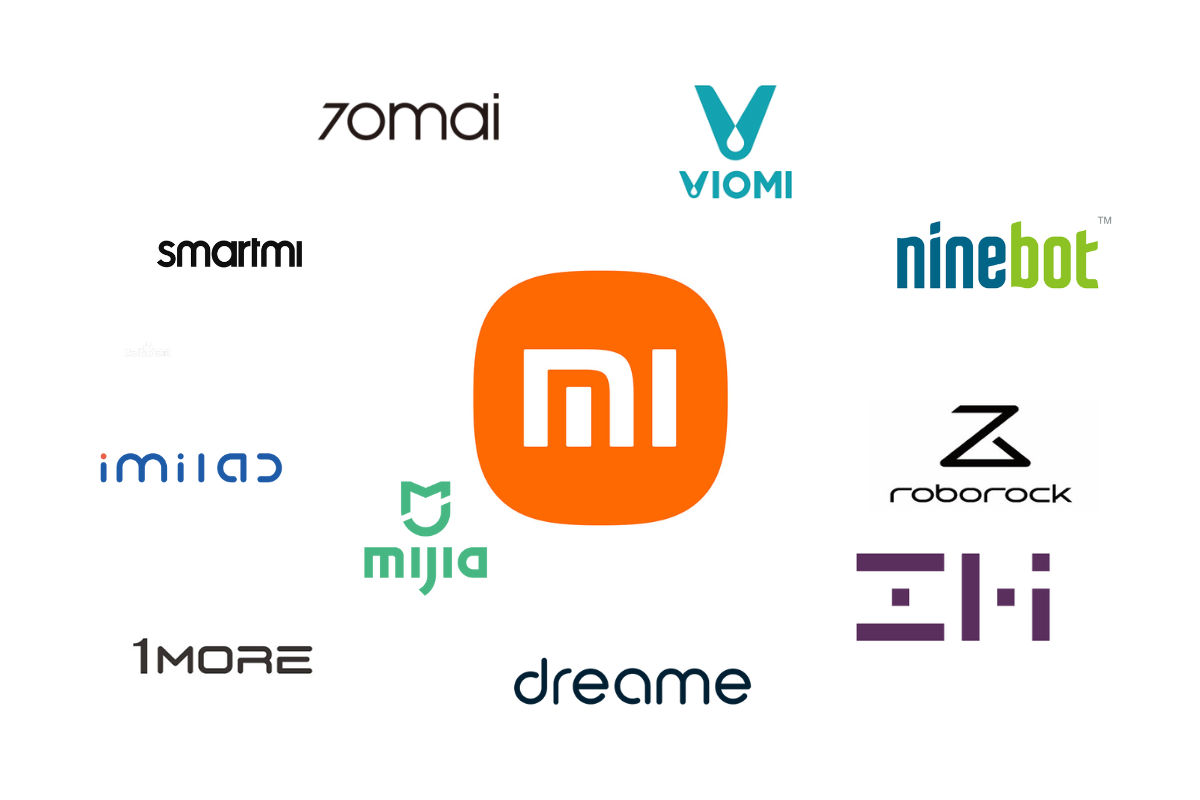
How terrifying is Xiaomi's ecological chain behind the warm Mijia?
When it comes to Xiaomi, many people will think of its mobile phones and cars at the first time.
But in fact, Xiaomi's most successful product is Mijia and the smart home ecological chain behind it. In this ecological chain empire, Amazfit, Viomi, Korrun, even Roborock and Ninebot, which have a market value of over 10 billion, have been listed.

You must have heard of or even used products from Xiaomi Ecological chain or Xiaomi Ecosystem: such as Xiaomi's mobile phones, Dreame's floor scrubbers, Roborock's sweeping robots, Ninebot's balance bikes, etc. These brands, take Dreame as an example, its global sales of floor scrubbers exceeded 1.4 million units last year, and Roborock's sweeping robots are even more fierce, selling 2.59 million units a year, with a revenue of 8.654 billion. As for Ninebot, its revenue last year exceeded 10.2 billion.
In the Xiaomi ecological empire, many million-level and tens of millions-level blockbusters have long been born. From bracelets, headphones, power banks, to air conditioners, refrigerators, routers, rice cookers, sweepers, electric screwdrivers, electric scooters, electric bicycles, and even cars, robots, etc. Mijia has blown up one industry after another.
Why is Xiaomi's ecological chain so strong? How did it develop?
Let's explore the business logic behind Xiaomi's ecological chain today.
In the field of smart home, "the strong will always be strong". Although Lei Jun often says "standing on the wind, pigs can also fly". But when Xiaomi entered the ecological chain field, it was far from being a wind. A product goes through research and development, design, production, APP, mini program development, adaptation of Android and Apple channels, and subsequent operations, upgrades, maintenance, etc.
If you want to be truly easy to use, the cost is huge, and it often requires a team of hundreds or thousands of people to provide support. And this is a continuous work. It is difficult for ordinary small companies to do well. Just the most basic voice recognition accuracy optimization of a device, if you want to be in the first echelon, the cost is terribly high, the software is high, and the hardware is also high.
Just like a certain niche brand of smart water dispenser, the selling point is smart voice control. As a result, it was accidentally triggered when someone was chatting and talking, and the water was released when there was a disagreement, and it splashed all over the floor. Moreover, when using voice control, it was like chatting with an old man and couldn't hear the person's words clearly. If you take it apart and saw that the microphone inside was toy-level. These traditional manufacturers have low sales of single products, and the hardware supply chain has no scale advantage. Cost constraints will result in it being difficult to do well from a cost logic even if they want to work hard.

The Mijia ecosystem has various gateways and Xiaomi speakers, and its own devices do not need to repeatedly configure hardware. The Mijia ecological chain uses the Mijia APP, the professional-grade radio microphone of the Xiaomi speaker to receive instructions, local + cloud processing of sound, various home gateways to cooperate in issuing instructions, and large-scale procurement of modules to reduce costs. The software team of thousands of people optimizes the entire process, continuously updates and iterates, and spends a huge amount of broadband fees every year to ensure today's first-tier experience.
Even if a traditional small brand manufacturer spends a lot of money to develop an APP for its product, the user experience is generally very bad, with troublesome connection, instability, few functions, slow response, complex logic, and subsequent maintenance and upgrades. The most fatal logical problem is that not only is the space in the user's home limited, but the user's mobile phone memory and screen space are also "limited". This means that we can't install a separate APP for a large number of electronic products at home. Not to mention the tedious installation and update, it is also very troublesome to search for the one you want in a bunch of APPs every time, and then open and control it. A more reasonable method is definitely to collect them in one APP, and then directly control and link them through voice. Therefore, Xiaomi has done these very well at present.
At present, the development trend and status of Xiaomi in the international market are also obvious to all. In the future development of electronic technology, Xiaomi is definitely an existence that cannot be ignored.